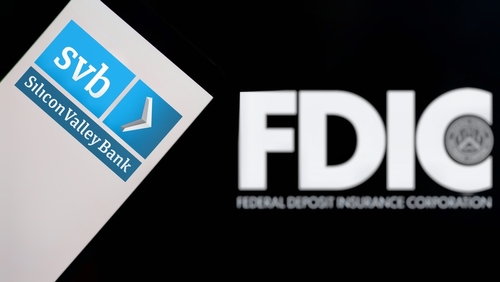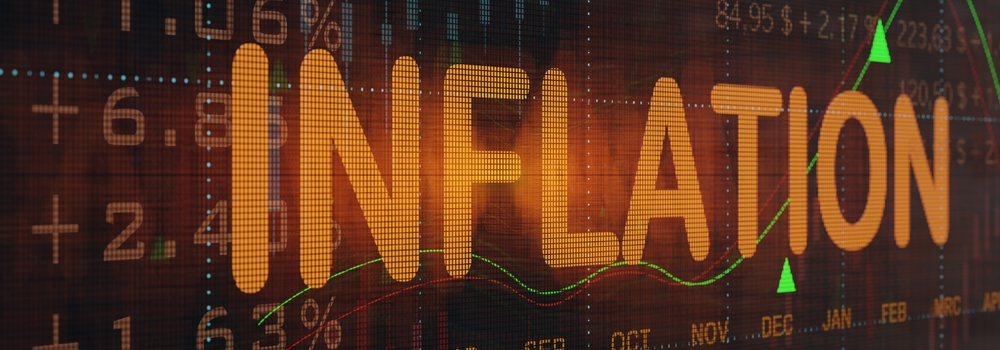The economy and the markets are now even more complicated!
Prior to mid-last week, inflation was the daily topic of conversation. Now to complicate matters… Silicon Valley Bank (SVB), our nations 16th largest bank, was placed into receivership by the FDIC. What happened?
SVB primarily serves start-up technology companies. These companies typically have challenges obtaining financing because they are considered “high-risk.” To obtain financing, companies needed to deposit their cash with SVB. As companies received massive PPP loans during Covid, much of this money was placed on deposit with SVB. SVB decided to purchase long-term government bonds (at the time interest rates were at historic lows). When the Fed finally decided to raise rates high & fast, the value of SVB bonds fell sharply, leaving inadequate capital for the bank. If the bank would have simply purchased short-term treasuries, they would have benefited when rates increased, as they would have been purchasing higher and higher rates over time while maintaining adequate liquidity.

The concern, not for the bank’s existence, however, is for the funds that were on deposit with SVB. FDIC insurance covers up to $250K per account registration. Anything over $250K is not insured. Over the weekend, the Fed and the FDIC placed a guarantee that funds above the $250k amount are protected and made available this morning. This was the immediate concern.
Depositors were made whole. In my opinion, very necessary. Stocks and Bond holders of SVB will be wiped out, so as of now, this is not a taxpayer funded bailout.
What it does show, holding interest rates down so long (think since 2009) and then moving rates higher, too late, and so quickly may have produced other problems that were not being watched by regulators.
The major question, what happens from here? How many other small to mid-size banks have similar issues?? Contagion fears will be debated all week and beyond.
I could type, 10 pages of possibilities. For now, it’s simply unknown. Caution is the order for the time being!
Inflation Reports This Week
To further complicate matters (at least in the short-term), the Consumer Price Index (CPI) for February will be reported on Tuesday. Retail sales and the Producer Price Index (PPI) will be reported on Wednesday. These 3 reports were widely suspected to assist the Fed in determining its next interest rate move to be announced on March 22nd.

Regardless of these reports, the Fed is now in an even more challenging position. With this “new” uncertainly, does it make sense to raise rates? A mistake can happen either way. Raising rates will further restrict access to capital, which may not be a good idea with the current level of uncertainty. This morning, Goldman Sachs suggested the Fed will hold off in March and then raise rates .25% in May, June, and July meetings.
Not raising rates will go against the Fed’s current interest rate pathway and can cause this thought — “what does the Fed know that we do not??”
In either case, we are now saddled with more uncertainty!!
The Markets
The 10-year US Treasury Bond yield recently hit 4%. As of Friday, the yield fell to 3.69%. As I’m typing this morning, the yield is down to 3.47%. Holders of US Treasuries are experiencing a flight to safety, meaning bond values are increasing.
Stocks indexes last week all fell over 4%, reflecting both inflation scares and the SVB issue.
With the new current level of uncertainty, expect the stock markets to continue to be volatile, in both directions.
Now is the time to exercise caution and patience!!



